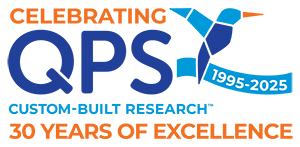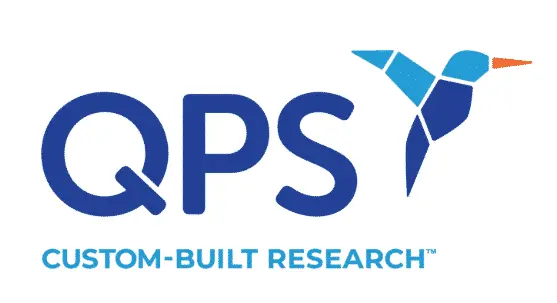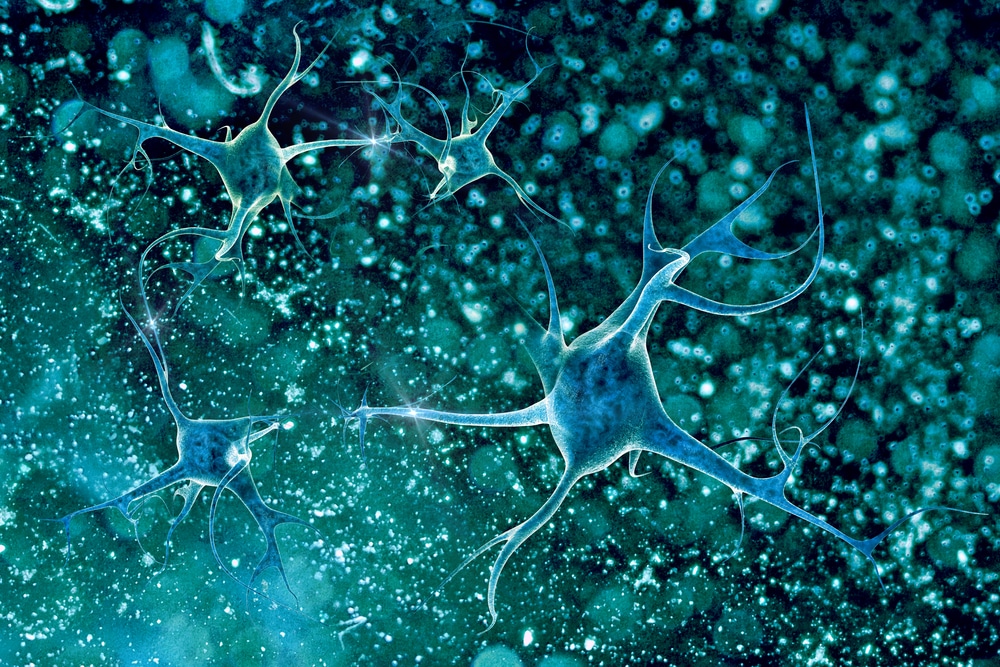Discovering effective and safe new drugs depends on a detailed knowledge of disease mechanisms, as well as a successful progression from candidate identification to clinical trial design. This complicated, work-intensive path makes drug discovery hard, according to Valentin K. Gribkoff and Leonard K. Kaczmarek, authors of an article in Neuropharmacology entitled “The need for new approaches in CNS drug discovery.” In fact, the pharmaceutical industry is one of the few industries in the world in which most new efforts result in complete failure.
Compared to other areas of drug discovery, the clinical failure rate for new drugs targeting the central nervous system (CNS) diseases is even higher. A study from the Tufts Center for the Study of Drug Development found that the success rate for CNS drugs, defined as final marketing approval by the FDA, was less than half the approval rate for non-CNS drugs (6.2 percent versus 13.3 percent) from 1995–2007. Additionally, the mean development time was greater, the time to approval following application submission for marketing approval was longer, and the number of CNS drugs given priority consideration by the FDA was significantly lower relative to non-CNS drugs.
Current CNS Drug Availability
Most CNS pharmaceutical drugs currently available are characterized by the treatment and reduction of symptoms, rather than the amelioration of the cause of the symptom. Drugs that attempt to alter the course of the disease (disease-modifying drugs) have had particularly low success, and this is true specifically in regard to drugs for neurodegenerative diseases (NDDs). In this category, the drugs that have been most successful are palliative treatments that have only modest effects on disease symptoms, and no effect on progression.
The worst outcomes are seen in the major NDDs, including Parkinson’s Disease (PD), Alzheimer’s Disease (AD), and neuromuscular disorders such as Amyotrophic Lateral Sclerosis (ALS). These are all diseases in which the degeneration and death of specific populations of neurons leads to progressive dysfunction and death. All approved treatments for these diseases are palliative and provide only symptomatic relief; none of them can slow or halt disease progression. They include:
- Dopaminergic modulators for PD
- Cholinergics
- An excitatory amino acid modulator
- A compound that has some effect on ALS symptom progression
Stroke, Traumatic Brain Injuries, and Multiple Sclerosis
Another area that has shown little progress is the search for mechanism-based treatments of acute NDDs, including strokes (ischemic and hemorrhagic) and traumatic brain injuries (TBIs). Stroke is the second leading cause of death worldwide and mostly affects an aged population. Half of all people who have a stroke die within one year.
TBIs affect young people more than strokes do and result in much longer periods of disability. Although TBIs differ in proximal causes, their underlying mechanism is believed to be the same. A large number of clinical trials have tested hypothetical neuroprotective mechanisms, particularly for cerebral infarct. Not a single neuroprotective drug, however, has demonstrated sufficient clinical evidence of efficacy.
Multiple sclerosis (MS) is an exception to the failure of drugs to treat NDDs. Because MS is an autoimmune disorder, and suppression of the immune response can be effective, there are classes of approved medications that can modify the progression or severity of the disease. In this case, the clear identification of a specific disease mechanism has resulted in a number of effective treatments.
Why CNS Drug Candidates Fail
Even in the preclinical stage, it is more difficult to make findings in a CNS disease that can be translated into a successful clinical candidate than it is in other diseases. One reason is the blood-brain barrier; molecular entry into the CNS is limited and requires special attention by whole-animal pharmacologists and medicinal chemists. Many of the techniques commonly used to increase brain penetration by small molecules, such as increasing lipophilicity, can dramatically reduce solubility, leading to difficulties in drug delivery. Classes of large molecules cannot access the CNS without assisted transport.
“Levels of clinical failures are higher than in other therapeutic target areas, most often because of lack of any significant evidence of clinical efficacy,” say Gribkoff and Kaczmarek, indicating that there might be serious flaws in researchers’ hypotheses. While these negative results may be critical to understanding how to make successful drugs — and should thus be published — they often are not.
Keys to Improving CNS Research
Authors Gribkoff and Kaczmarek cite a variety of ways to improve research into CNS drug candidates.
Better hypotheses. Researchers should be open to alternative mechanistic hypotheses in the case of intractable diseases. They must also have access to and strongly consider negative clinical data to inform future decisions preclinically and clinically.
Approaching targets in more than one direction. A single agent might not be capable of treating a complex CNS condition. Combination therapies comprised of the most promising and best-tolerated compounds targeting different disease progenitors might be an effective alternative. Combination therapies for CNS diseases, some of which have already been tested, have received slower acceptance by both the FDA and the pharmaceutical industry. “While in other areas drugs were combined after each had demonstrated efficacy in human disease individually, drug combinations for these neurodegenerative CNS diseases would (at least currently) have to combine compounds that were not efficacious when tested alone,” say authors Gribkoff and Kaczmarek.
Longer clinical trials. “A drug or drug combination may need to be administered for long periods, perhaps many years in otherwise healthy individuals, and there may be no clinical models that involve shortcuts,” according to Gribkoff and Kaczmarek. This also means that the biomarkers used to identify these subjects need a high degree of validation, which is an important aspect of ongoing research. Drug approval might take much longer, even if it is ultimately successful in the case of slowly progressive diseases.
Despite the historical failure of most treatments for CNS disease, given these considerations, researchers and physicians are optimistic regarding new treatment options on the horizon.
The speed of COVID-19 vaccine development — which is vastly outperforming timelines set forth in previous drug development efforts — may influence the pace and methods for drug discovery going forward.
QPS is a GLP- and GCP-compliant contract research organization (CRO) delivering the highest grade of discovery, preclinical and clinical drug research development services. Since 1995, it has grown from a tiny bioanalysis shop to a full-service CRO with 1,100+ employees in the U.S., Europe and Asia. Today, QPS offers expanded pharmaceutical contract R&D services with special expertise in neuropharmacology, DMPK, toxicology, bioanalysis, translational medicine and clinical development. An award-winning leader focused on bioanalytics and clinical trials, QPS is known for proven quality standards, technical expertise, a flexible approach to research, client satisfaction and turnkey laboratories and facilities. Through continual enhancements in capacities and resources, QPS stands tall in its commitment to delivering superior quality, skilled performance and trusted service to its valued customers. For more information, visit www.qps.com or email info@qps.com.





